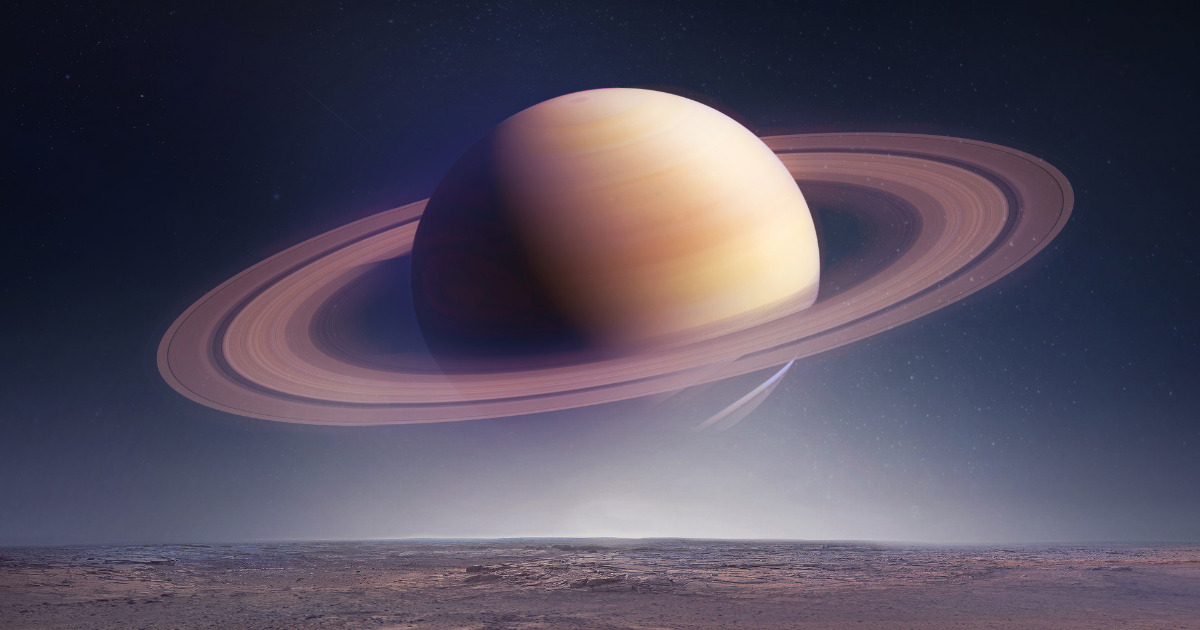Saturn’s rings are “very small”; Explanation of astronomers
2 min read
When we learn about the planets of the Milky Way, the planet that stands out, being “different”, is Saturn, because of its rings. And for most of the 20th century, astronomers assumed that Saturn’s rings formed along with the planet, 4.6 billion years ago.
However, given recent information, they have put this concept in check. Because now there is confirmation that the enormous rings that adorn the planet consist mostly of pieces of ice, with only 2% being polluted by rocky material.
Therefore, it would be practically impossible for such a pure combination to arise amidst the chaos of planetary formation. When there were a lot of rocks floating all around the sun. So it’s time to recalculate.
Study of Saturn’s rings
Between 2004 and 2017, the Multi-Sensor Cosmic Dust Analyzer (CDA), or “cosmic dust analyzer”, in Portuguese, on the Cassini mission to study Saturn. Over thirteen years of analysis, the multisensor has produced various data about the planet.
From this data, a group of astronomers led by Sasha Kempf of the University of Colorado, Boulder, was able to recalculate the age of Saturn’s rings. For this purpose, the group examined 163 dust particles that had been found around the planet.
To perform the calculation, the group analyzed the amount of dust accumulated in the rings. Particles of “space dirt” that roam the solar system accumulate on celestial bodies.
Practically, just as we can tell how long it has been since we cleaned our house by the thickness of the dust layer on the furniture, it is possible to tell the age of Saturn’s ornament by the amount of “dirt” it has accumulated. Sasha Kempf explains:
“We call dust everything larger than a few atoms and smaller than objects affected by gravity, such as large rocks. (…) In the Saturnian system, dust is mostly water ice.”
Next, the analysis took into account the particle trajectory at the moment of impact with CDA. Based on this, the group was able to calculate the mass of the particles. Using other data, such as the frequency of collisions, they were able to infer that the rings may have been accumulating dust (pollution) “only” for a few hundred million years.
The result of the calculations found that Saturn’s rings are actually very young – by astronomical standards, of course -: they are only 400 million years old. For an idea, considering human years, that means getting an engagement ring at 27, kid.

“Entrepreneur. Music enthusiast. Lifelong communicator. General coffee aficionado. Internet scholar.”

:strip_icc()/s04.video.glbimg.com/x720/11792055.jpg)

:strip_icc()/s03.video.glbimg.com/x720/11786998.jpg)



